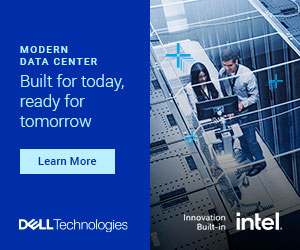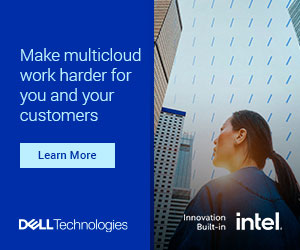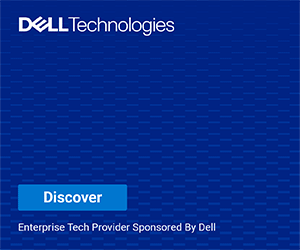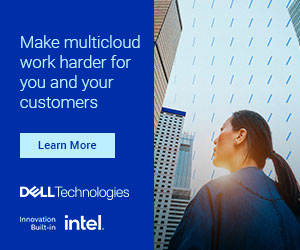If your customers are waiting the typical three years—or more—to refresh their commercial laptops and PCs, they could be laying themselves open to costly security breaches and reduced employee productivity. A recent study by research firm Forrester reported that 57% of respondents “blamed security vulnerabilities introduced by software updates as their organization’s top business-related consequence of not updating hardware in a timely manner.” Nearly all respondents (94%) said adopting a 2-year refresh cycle helped improve productivity. And 72% credited an accelerated device refresh with bolstering their organization’s cybercrime resilience.
Business leaders tasked with protecting their company’s capex and opex outlays may ask how they can afford to cut device refresh cycles by 1/3 or more and transition to a lifecycle model. Based on Forrester’s research, you can confidently answer that question with a better question: How can they afford not to?
The effects of a delayed device refresh can prove far more insidious than slow computing and software incompatibility. Aging infrastructure can expose businesses of all sizes to costly security vulnerabilities like ransomware, reduced organization-wide productivity and negatively impacted sustainability efforts, leading to higher energy costs and a more significant carbon footprint. Moreover, businesses whose aging devices cause more significant security risks often spend more on other security infrastructure or suffer the consequences of a cyberattack.
The brighter side
Your sales pitch for a shorter refresh cycle doesn’t have to be based entirely on fear, uncertainty and doubt (FUD). For instance, your customers might like to know that you can help allay their security concerns while markedly improving their overall employee experience by adopting an enhanced device ecosystem that features the new Windows 11 operating system and Microsoft’s cloud-based M365 software suite.
Another powerful argument favoring a lifecycle model is its ability to provide more sustainably produced products with lower power consumption and asset recycling, which can help offset the cost of a regular device refresh cycle. It can also help you conduct a timely and organized migration for customers still using Windows 10, which Microsoft will no longer support from Oct 14, 2025.
More than half of the 416 global IT directors interviewed by Forrester said they had experienced or anticipated various positive benefits of moving to a lifecycle model, including increased partner trust, improved customer experience (cx), lower compliance and security costs, reduced overall risk and improved sustainability.
A call to action for tech providers
The good news isn’t reserved just for your customers. Consider that assisting your customers in moving to a lifecycle model will help drive incremental revenue for your business. Generating revenue faster and more consistently can help you better manage inventory, plan for growth and accelerate business development.
To get things moving in the right direction, take a look at the new Dell Technologies Client Portfolio, an array of computing technologies designed for hybrid-working scenarios. And log in to the Dell Partner Portal today to find out more about PC as a Service (PCaaS) and how you can create a path to the lifecycle approach with your customers.





















